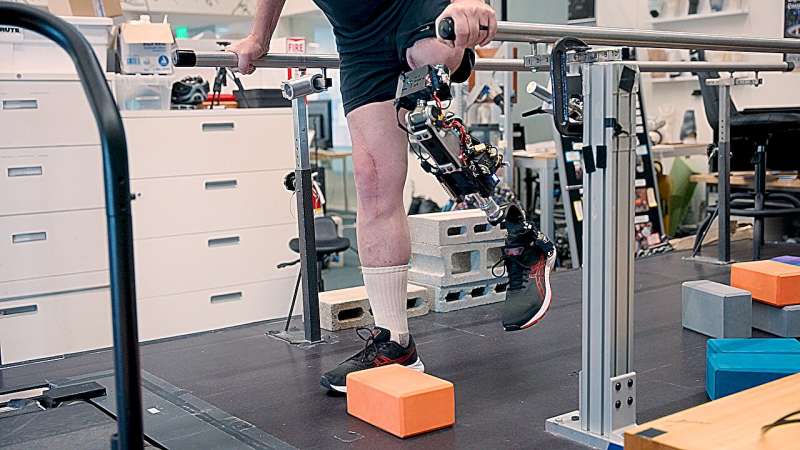The new prothesis is directly integrated with the person’s muscle and bone tissue, enabling greater stability and providing more control over its movement, researchers said.
Two people equipped with the prosthetic said the limb felt more like a part of their own body, the study says.
“A prosthesis that’s tissue-integrated—anchored to the bone and directly controlled by the nervous system—is not merely a lifeless, separate device, but rather a system that is carefully integrated into human physiology, offering a greater level of prosthetic embodiment,” senior researcher Hugh Herr, co-director of the K. Lisa Yang Center for Bionics at MIT, said in a news release.
Artificial legs created for typical amputations have a socket into which the amputee’s residual leg slips, researchers said.

